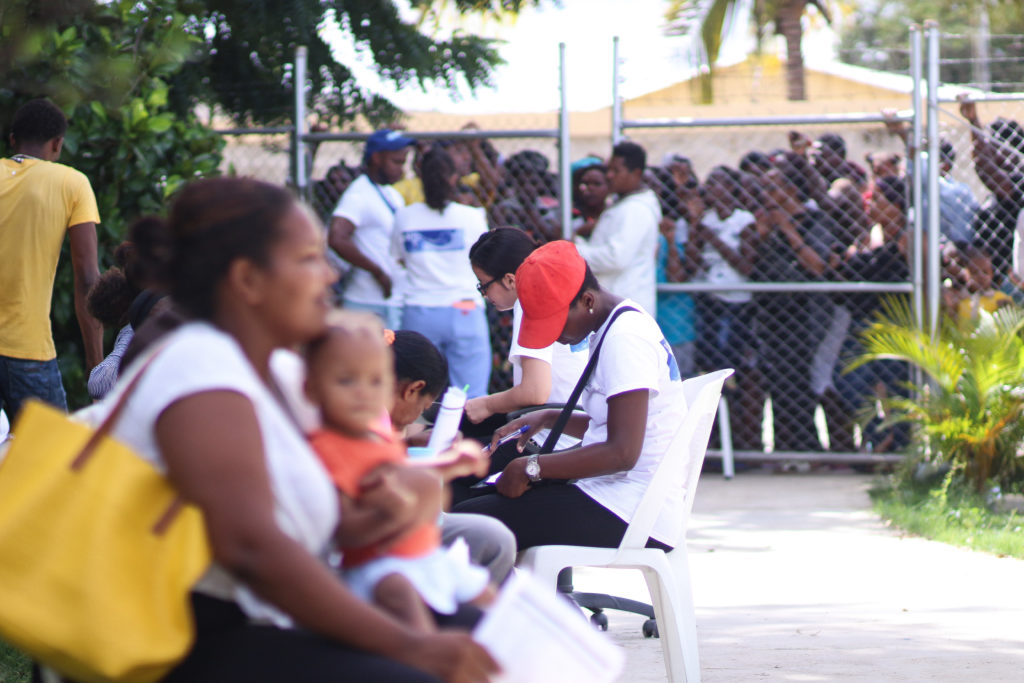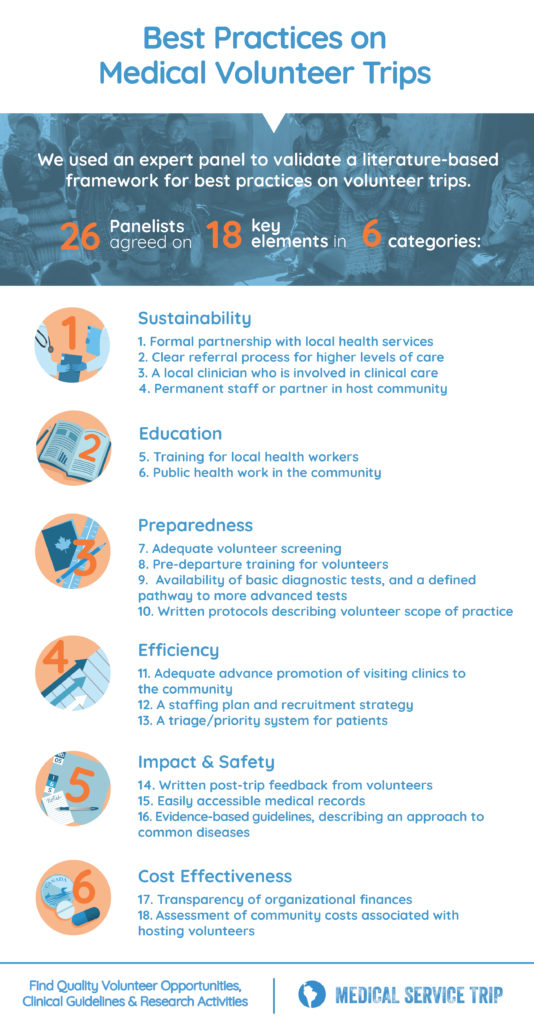Choosing a medical mission wisely: our latest publication is out
February 18, 2019 |
Our latest publication derives eighteen NGO best practices that volunteers and healthcare workers can use to help distinguish between good and bad medical mission programs. Too often, volunteers make decisions on where to volunteer based on word of mouth alone. But the stakes are high. International projects can bring needed care to underserved areas, but when done badly, they threaten to cause unintended harms to the communities they are trying to serve.

Which side of this balance a project falls on depends on how that medical mission is conducted. Moreover, everyone has a slightly different opinion on what is important in international aid – and most existing guidelines are simply passed down by academic fiat. This means that their acceptability and relevance to those outside global health circles may be limited.
To address this, we assembled a panel of stakeholders from four different backgrounds. We used a virtual round table to find out what they felt was important in a responsible international volunteer project.
Our infographic lists the 18 consensus NGO best practices from the study. Email us directly for a copy of the graphic.

How do these guidelines compare to other suggestions for NGO best practices?
They replace “gut feelings” with binary criteria. As a starting point, they simplify subjective data points into an evaluation of whether each best practice is present or absent. This means that programs can be rapidly audited by large numbers of volunteers and administrators. It also minimizes the inherent bias of such assessments.

What are the weaknesses?
Our study focused on North American stakeholders, and on making the framework acceptable to those sending medical missions. Consequently, we recognize the lack input from those in receiving countries. Integrating those host country voices is an important project that is currently in progress.
The study also does not comment on the relative importance of each of the elements in the list. It’s left to the reader to decide if sustainability, for example, is more important than the efficiency or cost effectiveness of a
medical mission.

Next steps
We’ve turned these 18 data points into a brief tool that volunteers can use to evaluate NGOs. It’s called the Service Trip Audit Tool (or STAT for short) and adds some rigour to assessments of the performance of a medical project. You can help us validate this tool by submitting a rating for a trip (link to directory) that you’ve been a part of. Then, tell us what you think of the framework and its potential future roles.
Read the published article on our framework for NGO best practices here in the International Journal of Public Health.
Register
Sign up for free to flag trips of interest and email organizations directly through our directory.
Comments
0 comments